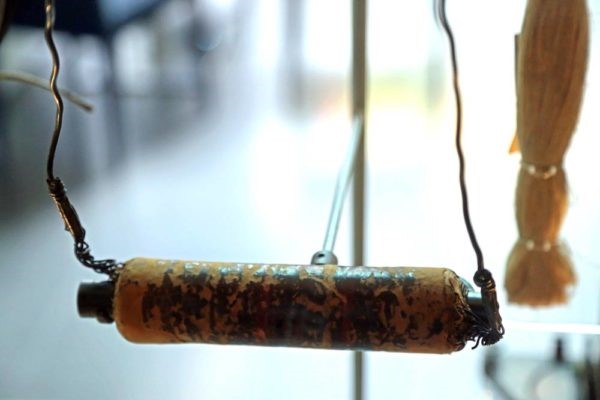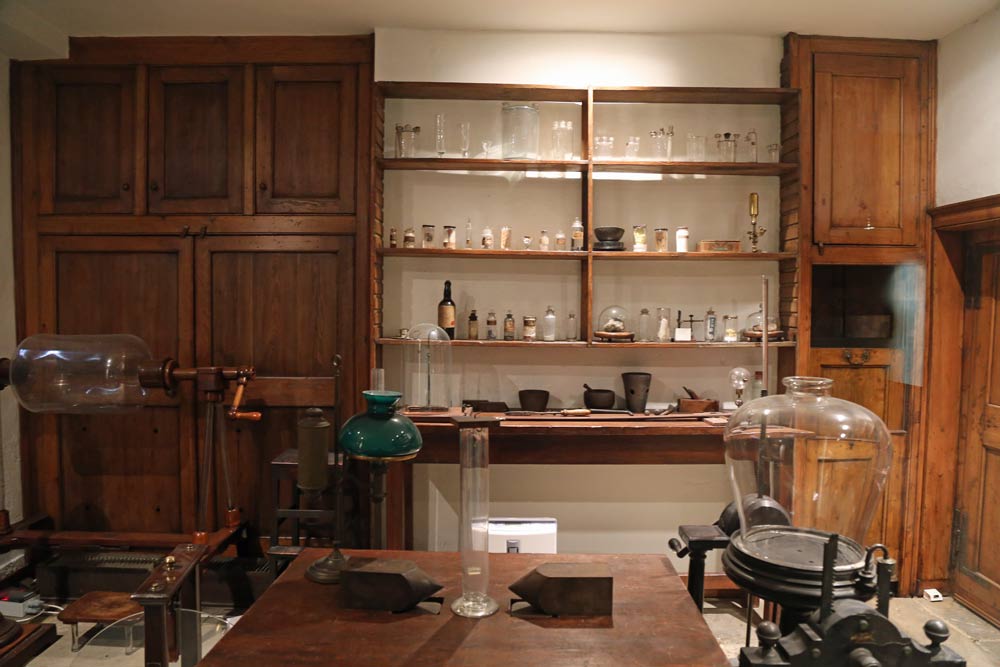The Royal Institution of Great Britain (RI) in London is a place where science comes alive. Perhaps you’ve seen the annual RI Christmas Lectures on the BBC, a tradition initiated by none other than Michael Faraday back in 1825. Established in 1799, the RI holds a seminal place in scientific history, with its guiding mission of “diffusing science for the common purposes of life.” The institution’s hallowed halls have witnessed the discovery of ten elements on the periodic table and have been graced by fifteen Nobel laureates.
Amidst the galaxy of renowned scientists, one name stands out in the context of electricity – Michael Faraday. Often considered one of history’s most influential scientists, even earning the admiration of Albert Einstein, Faraday had humble beginnings, developing his passion for science while working at a bookbinder and bookseller in London.

After impressing Humphrey Davy, a leading scientist of the time, with detailed notes on his lectures, Faraday was hired as a laboratory assistant in 1813 at the RI. Later, he accompanied Davy on a two-year tour around Europe. A fortuitous encounter with Alessandro Volta (yes, the namesake of the “volt”) during this tour led Faraday to receive a chemical battery (see above) that Volta had invented in 1799. This sparked Faraday’s and Davy’s decades-long exploration into electricity at the RI.

The 17th of October 1931 marked a turning point in the scientific world when Faraday invented the electric generator right at the RI (see above). The simple yet profound act of pushing a magnet through a coiled wire generated a small voltage, unveiling the fundamental relationship between electricity and magnetism – one that underpins our everyday lives. The same year, Faraday also developed the first electric transformer, another device critical to our modern electrical infrastructure (this is the picture at the top of the blog which you can still see in London today at the RI).
Faraday’s groundbreaking inventions, along with the relentless pursuit of scientific understanding at the RI, laid the foundation for our contemporary electric landscape, encompassing electric motors, transformers, and batteries. As we venture into a future where e-mobility is front and center, the RI’s legacy is palpable. Institutions like this continue to inspire and groom the scientists of tomorrow. You can still visit Faraday’s lab, which remains preserved exactly as it was in 1831, immersing yourself in the very space where our understanding of electricity took shape.


